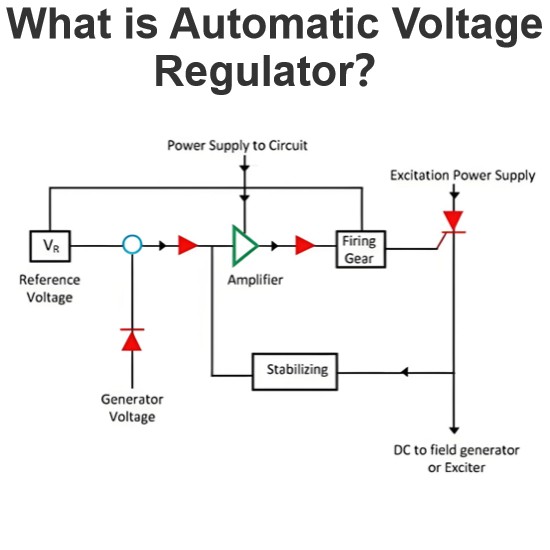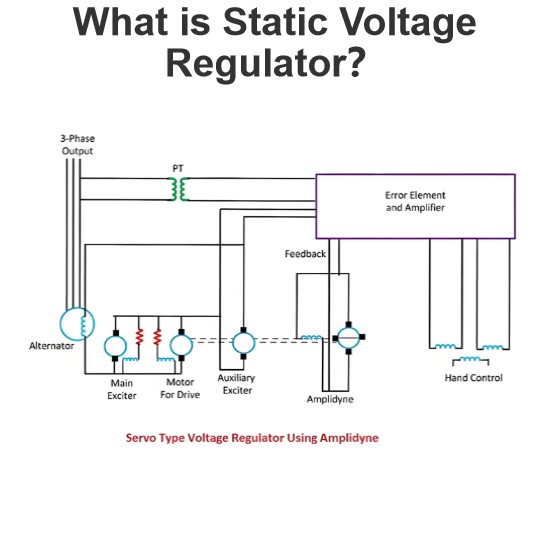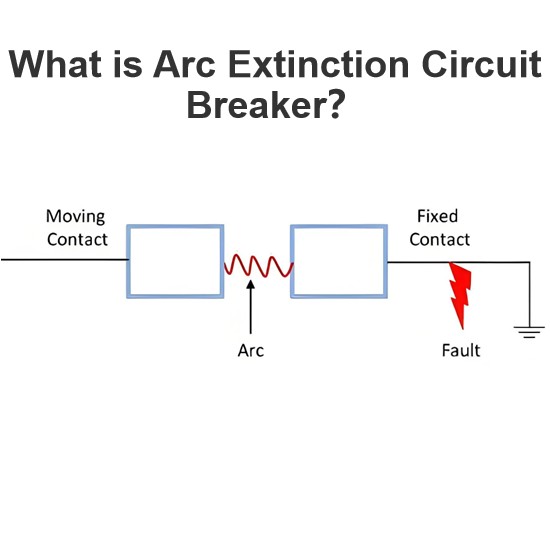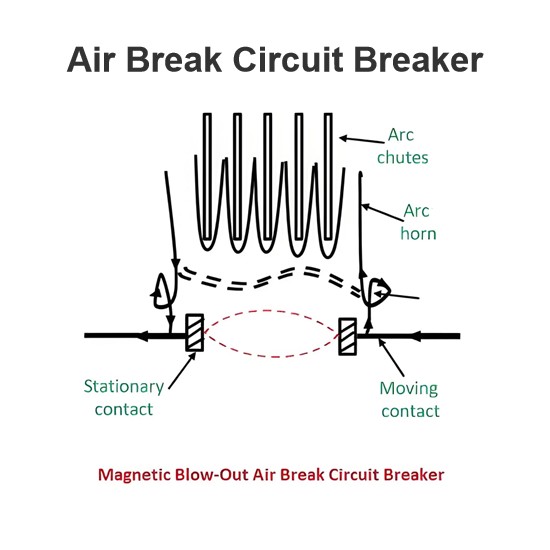What is the phase stabiliser?
What is a Phase Stabilizer?
A phase stabilizer is a device or technology used to ensure that the phase relationships in power systems or signal transmissions remain constant. It plays a crucial role in several areas:
1. Phase Stabilizers in Power Systems
In power systems, phase stabilizers are typically used to maintain the phase relationships between generators, transformers, or other electrical equipment. This is critical for grid stability, especially when multiple generators are operating in parallel. Key functions and applications include:
Synchronization of Generator Sets: When multiple generator sets are connected to the grid, their phases must remain synchronized to avoid large circulating currents or power oscillations. Phase stabilizers help detect and adjust the phase differences between generator sets to ensure synchronous operation.
Load Balancing: In three-phase power systems, phase stabilizers can help ensure balanced loads across all phases, preventing overloading of any single phase and potential system failures.
Voltage Regulation: Phase stabilizers can work in conjunction with voltage regulators to ensure the stability and symmetry of voltage waveforms, thereby improving power quality.
2. Phase Stabilizers in Communication Systems
In communication systems, particularly in analog and digital communications, phase stabilizers are used to maintain consistent phase relationships in signals. This is crucial in the following scenarios:
Modems: During modulation and demodulation processes, phase stabilizers ensure that the phase relationship between the transmitting and receiving ends remains consistent, reducing bit error rates (BER) and improving communication quality.
Phase-Locked Loops (PLLs): PLLs are common phase stabilizers widely used in wireless communications, satellite communications, and more. PLLs use feedback mechanisms to lock onto the phase of an input signal, keeping it synchronized with a reference signal, thus achieving stable frequency and phase tracking.
Fiber Optic Communications: In high-speed fiber optic communication systems, phase stabilizers can compensate for phase drift caused by factors such as temperature changes and mechanical vibrations, ensuring signal integrity and reliability.
3. Phase Stabilizers in Audio and Video Processing
In audio and video processing, phase stabilizers are used to maintain consistent phase relationships, especially in multi-channel systems:
Audio Systems: In stereo or multi-channel audio systems, phase stabilizers ensure correct phase relationships between channels, avoiding sound distortion or phase interference.
Video Systems: In video signal processing, phase stabilizers maintain phase consistency in image signals, preventing image distortion or color inaccuracies.
4. Other Applications
Beyond the above fields, phase stabilizers are also widely used in various other areas:
Test and Measurement Equipment: In precision test equipment, phase stabilizers ensure consistent phase relationships, enhancing measurement accuracy.
Industrial Automation: In industrial control systems, phase stabilizers ensure synchronous operation among motors, sensors, and other devices, improving overall system performance.
Summary
A phase stabilizer is a device or technology used to ensure that phase relationships in power systems, communication systems, or other signal transmission systems remain constant. It can be applied in power system synchronization, signal synchronization in communication systems, phase correction in audio and video processing, and more. By maintaining consistent phase relationships, phase stabilizers enhance system stability, reliability, and performance.
The Electricity Encyclopedia is dedicated to accelerating the dissemination and application of electricity knowledge and adding impetus to the development and innovation of the electricity industry.













